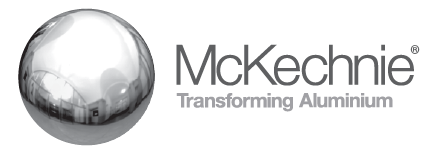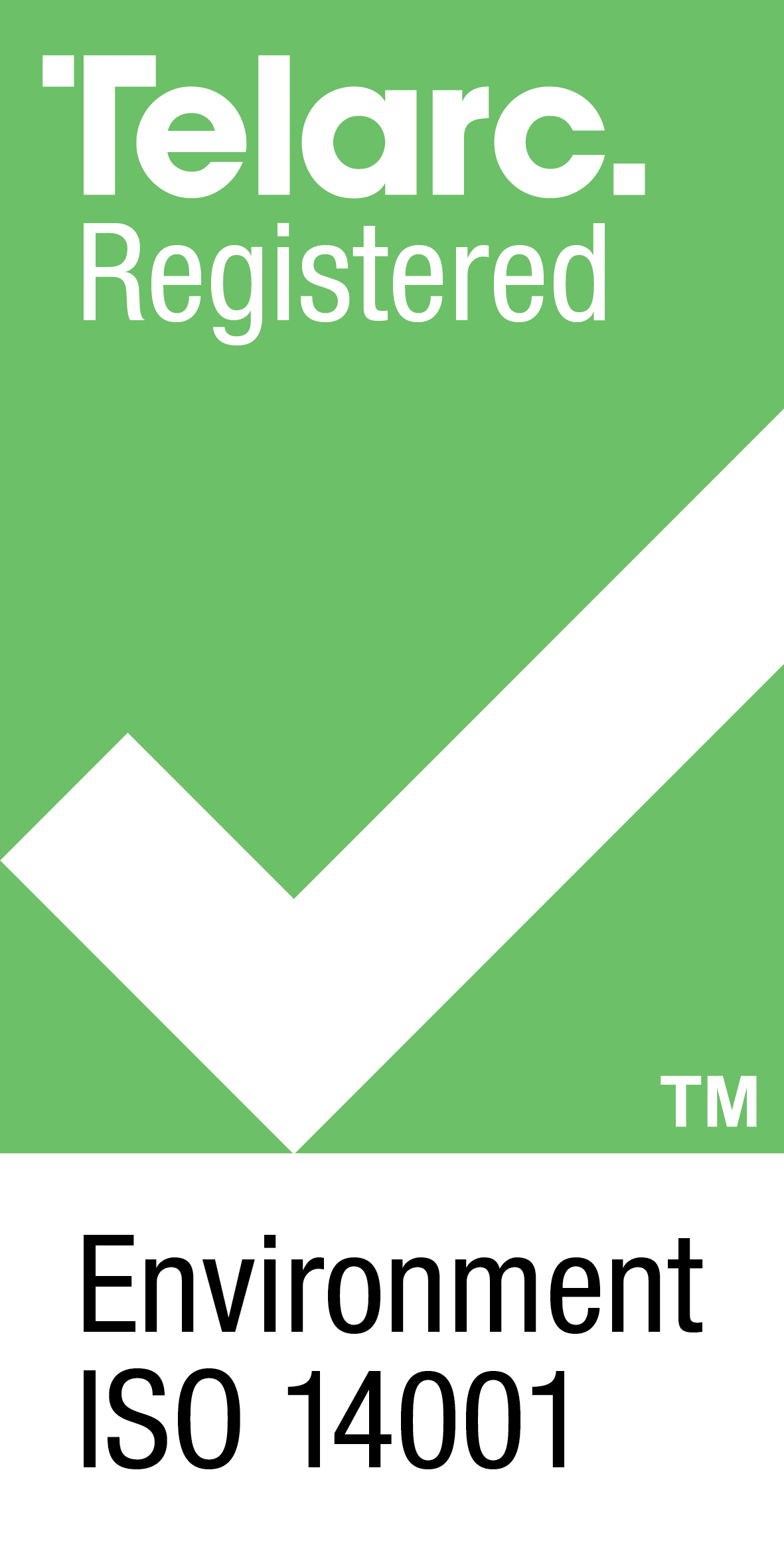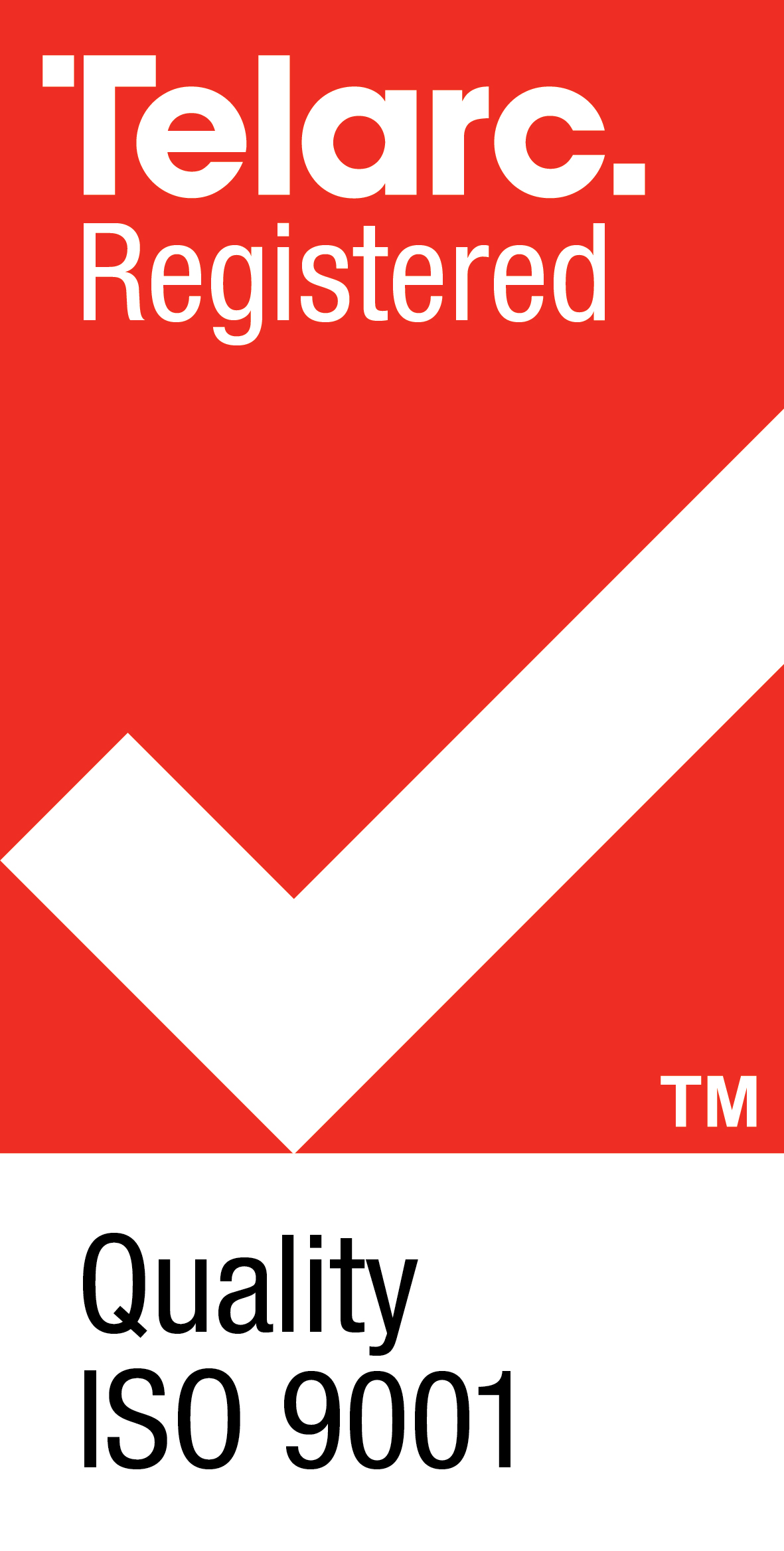Menu


Technical Specifications
Aluminium Surfaces - Cleaning is Important
Aluminium Surfaces - Cleaning is Important
Aluminium has a natural beauty and lustre. Its surface can be treated in various ways to produce different effects, while in the hands of the skilled architect it lends itself to some excellent effects and variations, and contrasts with other materials.
For this reason and because aluminium is so well-proven in service, it is now by far the most common material for exterior work such as windows, doors, curtain walls and shop fronts.
The surface finish of aluminium can be spoiled by improper care and the purpose of this note is to summarize the methods of maintaining aluminium after proper erection on site. Usually this care is no more than periodic cleaning, on a similar basis to which the glass in the windows is cleaned, and it is often merely lack of appreciation of this fact or .which can spoil the effects so proudly established in the first place.
Anodising substantially enhances appearance and renders the surface more resistant to various forms of attack and facilitates cleaning and maintenance.
The Architectural Aluminium Fabricators' Association of New Zealand has published a good guide to Design and Specification and this deals with all aspects of design and use, care and maintenance. Our aim here, rather briefly, is to highlight the cleaning aspect since it applies to so many users of architectural aluminium products.
Grime which causes deterioration cannot be prevented from settling on exposed surfaces. If cleaned reasonably frequently then the mildest methods of washing will produce satisfactory results.
There are many ways to clean aluminium, from using plain water to harsh abrasives. The type of cleaning that should be used is governed by the finish, degree of soiling, and the size, shape and location of the surface to be cleaned.
The mildest method possible should be used, particularly for aluminium which has been anodised.
The following cleaning materials and procedures are listed in ascending order of harshness. The mildest treatment should be tried on a small area and if not satisfactory only then should the next be examined.
- Plain water
- Mild soap or detergent
- Solvent cleaning, e.g. kerosene, turpentine, white spirit
- Non-etching chemical cleaner
- Wax base polish cleaner
- Abrasive wax
- Abrasive cleaner
After applying the cleaner, aluminium should be washed down thoroughly and dried with a clean cloth to prevent streakiness.
There should be no concentration of the cleaner at the bottom edges of the aluminium.
If using proprietary cleaners the maker's recommendation should be obtained and followed carefully.
If abrasives are used then the appearance of the aluminium finish may be altered. If there is a grain in the finish then cleaning should always be with the grain.
Once the condition of the surface requires the use of abrasive or etching materials it is advisable to consult either cleaning specialists, or the McKecn=hnie Aluminium's Technical Service Department will be pleased to offer advice.
When all other methods fail it may be necessary to resort to heavy duty cleaning. This involves the use of cleaners containing strong etching chemicals or coarse abrasives. Regular cleaning of the surface with the correct materials will ensure an everlasting product.



